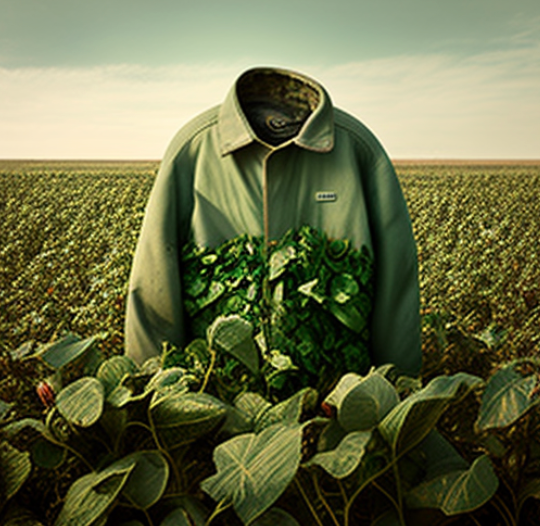Cover crops have become an essential part of sustainable farming practices. By using cover crops, farmers can help improve soil fertility, reduce runoff losses, prevent damage caused by wind and water erosion, increase the amount of organic material in the soil, enhance soil structure and aeration, suppress weeds, reduce pest problems, provide habitat for beneficial insects and wildlife. Furthermore, cover crops can also be a source of food for livestock. When using cover crops, selecting the right product is essential based on your area’s climate and soil. The timing of planting should also be considered—planting too early or late may reduce or eliminate some of the benefits of cover Crops. Additionally, careful management is necessary to ensure that cover crop nutrients don’t leach away with irrigation water or run-off before the crop can be harvested for use.
Cover crops play an important role in reducing greenhouse gas emissions. Cover crops improve soil health, which increases the amount of organic matter in the soil and helps to retain carbon that would otherwise be released into the atmosphere as a greenhouse gas. Cover crops also provide the additional benefit of reducing soil erosion and runoff, decreasing nitrous oxide emissions from fertilizer use. Additionally, cover crops can reduce methane emissions from undrained soils and increase water infiltration in agricultural fields, helping to decrease surface runoff. These combined effects can significantly reduce overall greenhouse gas emissions from agriculture.
But what does all this have to do with textiles? Well, many cover crops are used as sources of fiber. For example, flax is often grown as a cover crop in regions where it’s too cold or wet to grow cotton. The resulting fibers can be spun into linen yarns used in everything from clothing to home textiles. Cotton is one of the most widely used fibers in materials, but it’s also one of the most environmentally damaging due to its heavy use of pesticides and water. However, farmers can reduce their reliance on pesticides and synthetic fertilizers by using cover crops alongside cotton farming practices.
Cover crops also help to reduce water usage by improving soil health and increasing its ability to retain moisture. This means that using cover crops requires less irrigation water for cotton production. Furthermore, using cover crops also enhances biodiversity by providing habitats for beneficial insects such as bees and other pollinators. This can lead to increased crop yields without relying on harmful chemical inputs.
Overall, the use of cover crops shows excellent promise in achieving sustainable production in both agriculture and textiles. By implementing this practice alongside traditional farming methods or adopting no-till farming practices altogether, farmers can reduce their environmental impact while still producing high-quality cotton fibers for textiles.
Cover cropping is an essential part of sustainable agriculture that has far-reaching impacts across industries – including textiles. By growing crops specifically for their environmental benefits rather than just their market value, farmers can help build healthier soils while providing high-quality raw materials for various products. In addition, as consumers become increasingly aware of the environmental impact of their purchasing decisions, we may see even greater demand for textiles made from these eco-friendly fibers in the future.
